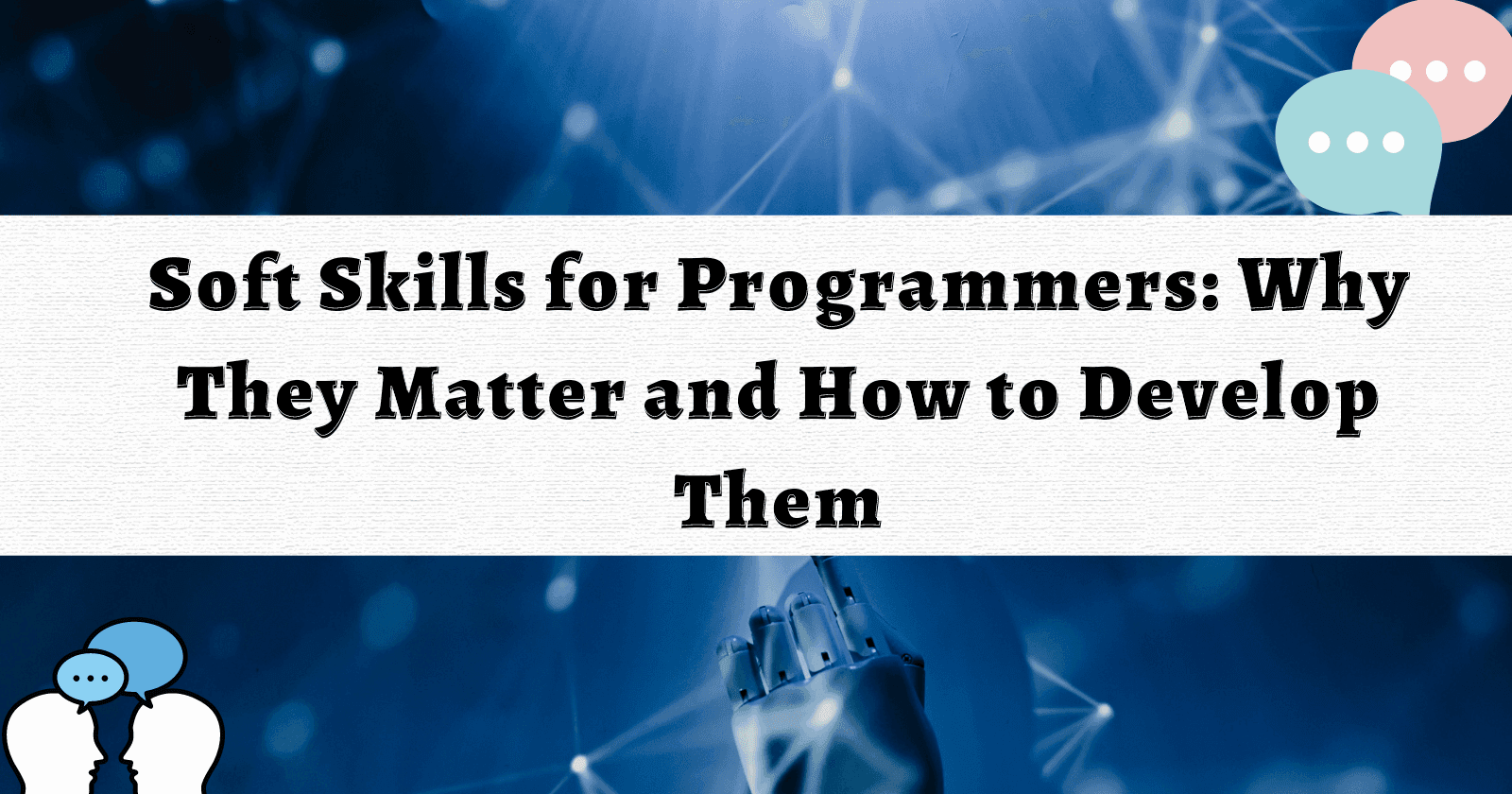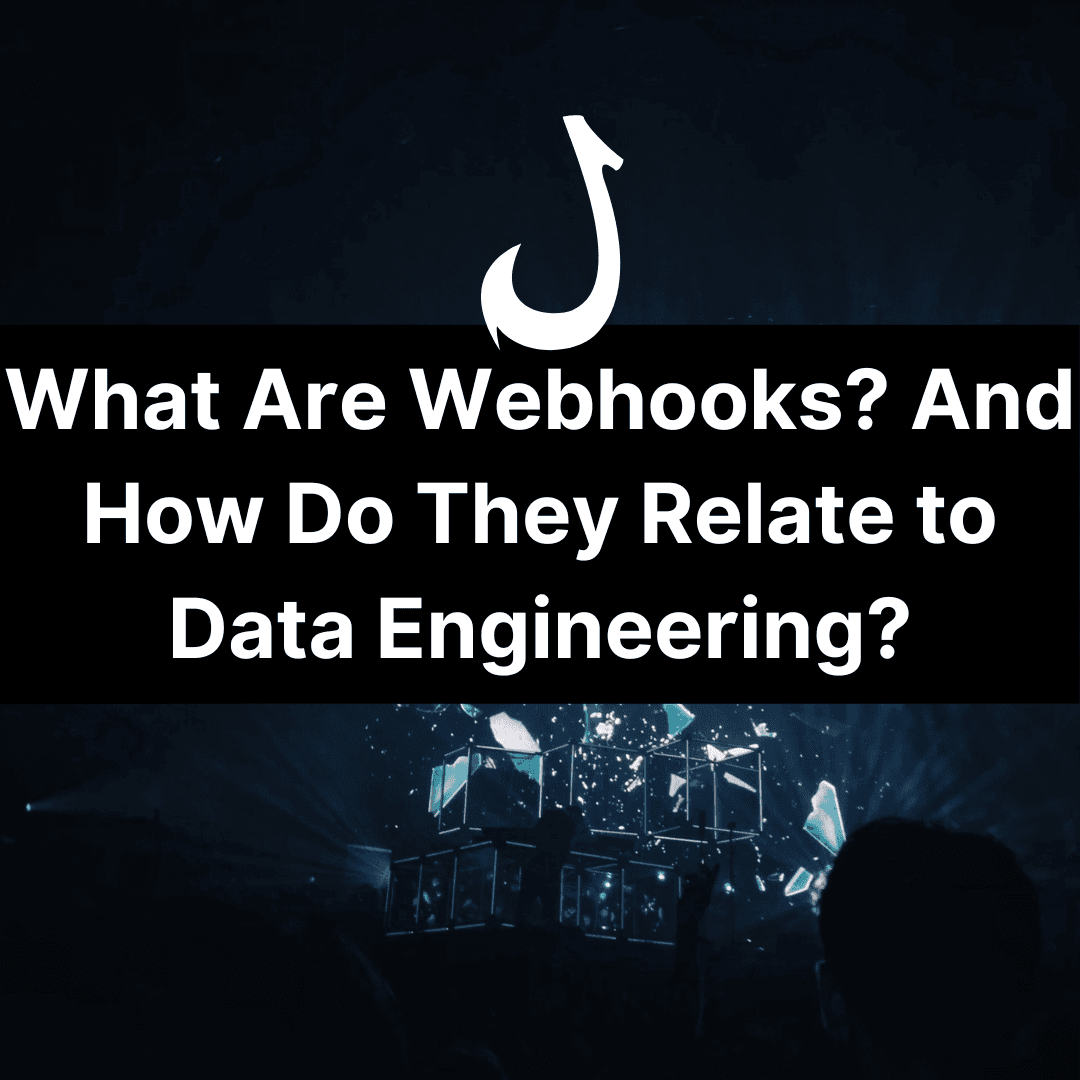Data wrangling is the act of and mapping raw data into another format suitable for another purpose.
While it’s one of the most time-consuming parts of data science, data wrangling is incredibly important for any data scientist or data engineer for harnessing the power of data for analytics in the real world.
However, without the right tools, data wrangling can be a laborious task, as it typically involves the manual cleansing and restructuring of large amounts of data.
What are the steps involved in data wrangling?
Data wrangling is a process with a number of key stages.
We’ve broken down the steps and why each one is important:

1. Extracting The Data
The first step of any data wrangling or data munging process is to extract the data. You will likely have a database, an API or a static file which stores all of your data. Even before the extraction process, we recommend taking the time to determine your end goal for the data. This will guide the extraction, depending on your resource as well as the type and amount of data you have.
2. Discovering / Analysing the Structure of the Data
When data wrangling, you should always account for the discovery and analysis phase. This will vary depending on your data. Take your intentions for the data and allow this to inform the outcome of your data wrangling.
By carrying out the discovery and analysis of the data structure early on, you’ll find it easier to stay on track and make the most from your dataset.
3. Choosing the correct format for the data
After analysing the existing structure of your data you’ll be able to easily choose the correct format for your data. Depending upon the specific use case and where the data applied will affect the final ideal structure of the data.
So, we recommend you allocate time to brainstorm:
- How the data will be used
- How it will be cleaned
- Whether it will be enriched or merged with other data types or not.
For example Social Media data is often nested and is best stored in a graph database such as Neo4J, whilst customer data is often relational data is best stored in a SQL or BigQuery database.
4. Cleaning
If the data is from a database, it’s likely to be well structured and will often require less data cleaning. However, if the data is being scraped from the web via web scraping services it may need much more attention.
5. Validating
Validating data involves ensuring that your data is in the correct format. For example, if there are multiple steps to achieving the final structure of the data, you should aim to ensure that all of the coding/scripts successfully execute, or throw the appropriate errors if one API fails due to budget reasons.
Tools such as Apache Airflow and Luigi allow you to easily track data cleansing dependencies across large data engineering pipelines via a direct acyclic graphic (DAG).
6. Deploying
And finally, the deployment is where the data will be finally outputted too, typically an API, a database or to a .CSV / .JSON file.
Data Wrangling Examples
While typically carried out by data scientists & engineers, the results of data wrangling are experienced by all of us. For this piece, we’re focusing on the powerful possibilities of data wrangling with Python.
For example, data scientists will use data wrangling to web scrape and analyse performance marketing data from a social media platform. This data could even be combined with web analytics to present an all-encompassing matrix demonstrating and identifying marketing performance and budget expenditure, thus informing future spend allocation.
Whatever your data wrangling intentions, the outcome is often the same: the accessible presentation of a large format of data to better inform decisions in the real world.
Data Wrangling Tools For Python
Data wrangling is by far the most time-consuming parts of data management and analysis for data scientists. Thankfully, there are several tools on the market to support your data wrangling efforts and streamline the process without risking your data’s integrity or functionality.
Whatever your use case, you may want to consider one of these trusted data wrangling tools for Python.
Pandas
Pandas is one of the most commonly used data wrangling tools for Python. Since 2009, the open-source data analysis and manipulation tool has been evolving, and has the goal of being the “the most powerful and flexible open-source data analysis/manipulation tool available in any language.”
Pandas’ stripped-back approach is aimed towards those with an existing level of data wrangling knowledge, as its power lies in the manual functionalities that may not be ideal for beginners. If you are prepared to learn how to use it and harness its power, Pandas is a great solution.
NetworkX
NetworkX is a graph data analysis tool, and is used mainly by data scientists. The Python package for the “creation, manipulation, and study of the structure, dynamics, and functions of complex networks” can support in the most simple and complex instances and boasts the power to work with large non standard datasets.
Geopandas
Geopandas is data analysis and manipulation tool specifically designed streamline the process of working with geospatial data in Python. It is an extension of Pandas datatypes, allowing for spatial operations on geometric types. Geopandas allows you to easily carry out operations in Python that would otherwise require a spatial database.
Extruct
Another specialist tool, Extruct is a library for extracting embedded metadata from HTML markup by providing a command-line tool enabling you to fetch a page and extract the metadata quickly and easily.
Want to improve your data skills?
See the best data engineering & data science books
Data Wrangling Frequently Asked Questions
We’ve explored the purpose of data wrangling, as well as the best Python tools for the job. If you still have questions, you’ll find your answer in our data wrangling FAQs.
Is Data Wrangling Hard?
The difficulty of data wrangling can depend on a number of factors, including the data source, format, the quantity of data and your use case.
Many forms of data wrangling are easy if you have the right tools, such as using Extruct to extract structured schema data from web pages. However, in most instances, data wrangling is very time-consuming (even for those who are in-the-know) and investing in the time and expertise of an experienced data scientist will ensure the best results without the hassle.
What are data wrangling tools?
Data wrangling tools can vary, so are very simple open-source platforms with a powerful (but often manual) capability, while others provide a much more slick (but less customisable) experience. Tools like Extruct and Geopandas are built with specific purposes in mind, while Pandas and NetworkX present a huge and ever-evolving variety of use cases.
Why do we transform data?
Data transformation is when we covert data, either a whole dataset or individual points, to another format or structure. There are different types of data transformation, including constructive (adding or replicating data), aesthetic (standardising data), structural (renaming or combining columns) or destructive (removing data). The aim of data transformation is to create a more succinct data environment, improve usability and quality, save time and ensure accuracy.
How long does it take to clean data?
Cleaning data can be very time-consuming. In fact, the cleaning and organising stage typically accounts for 60% of a data scientist’s time.

